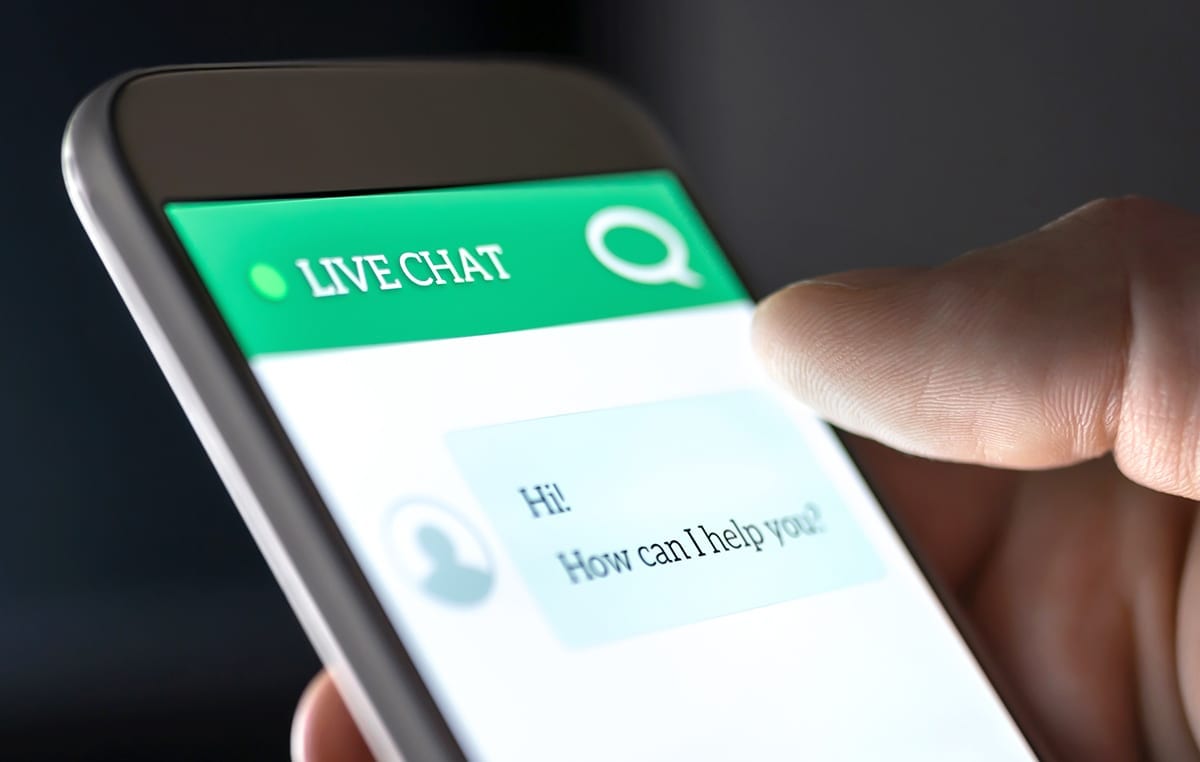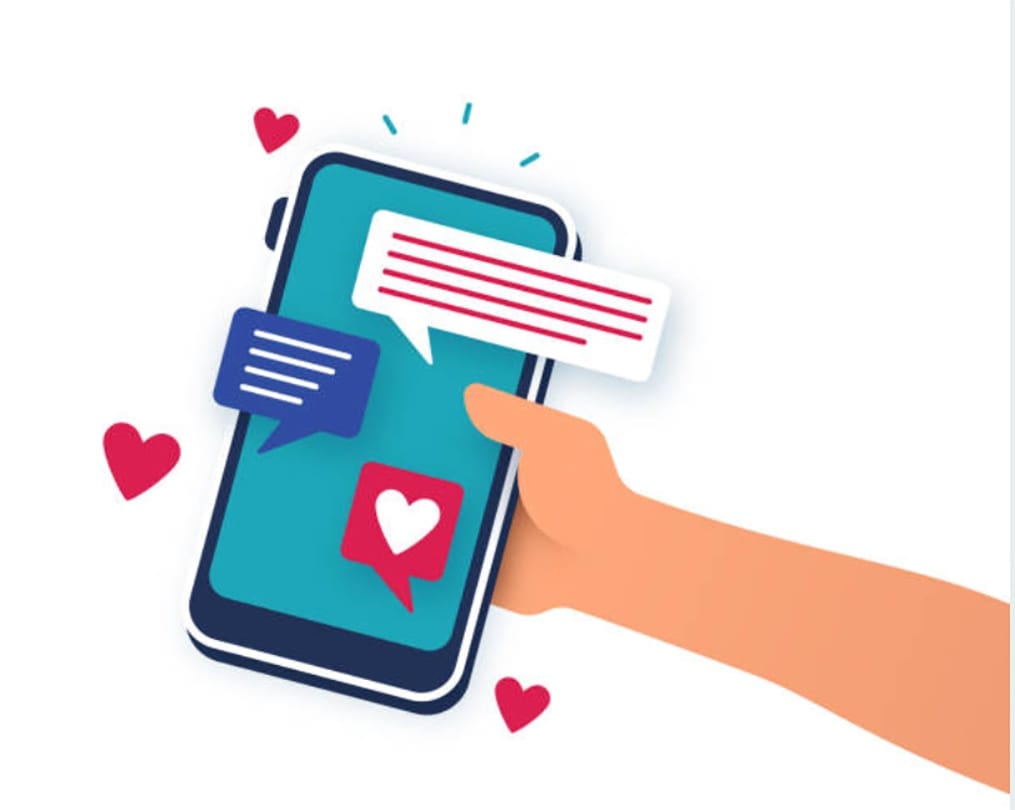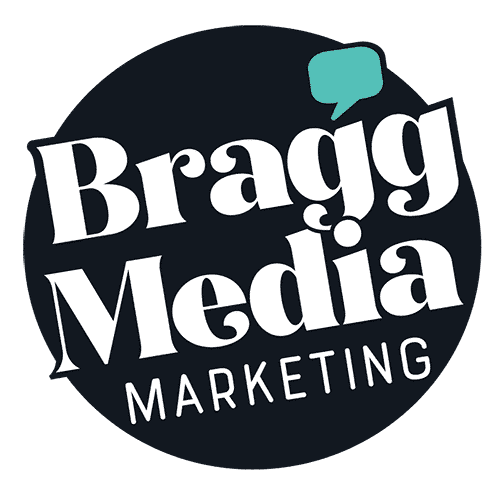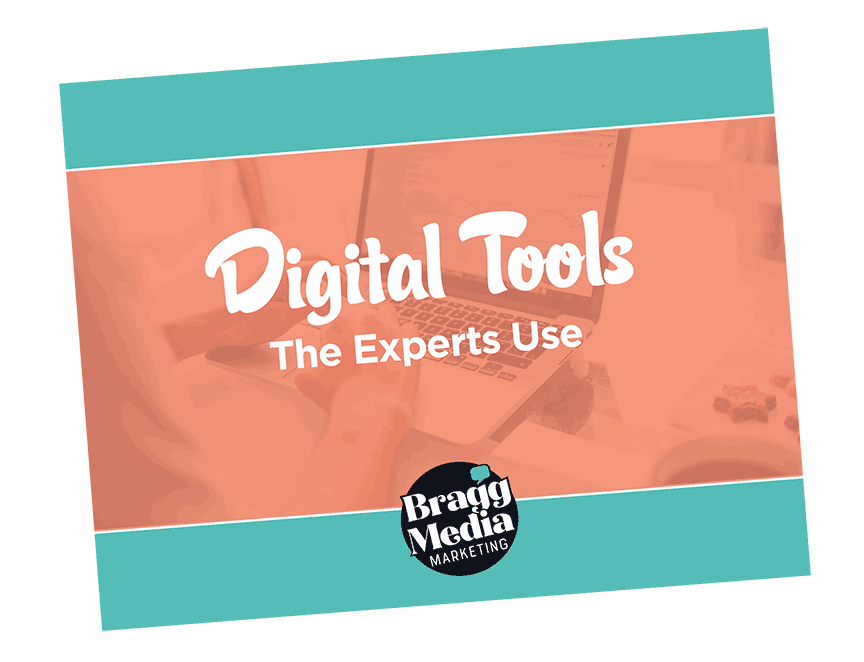
If the technological evolution of marketing gives your whiplash, it’s no wonder.
The first marketing email was sent in 1978 — before the age of the Internet took hold. Facebook and Flickr were founded in 2004. Pinterest, Twitter, GooglePlus (RIP) and Snapchat soon followed. And within the past five years, marketing automation has become a vital part of business operations.
Now, marketing is experiencing another technological growth spurt — messaging.
Facebook Messenger, WhatsApp, Slack, Kik, WeChat and Viber are being used by big brands and small to medium sized businesses alike to market products and/or services, including:
- Messenger Ads
- Chat bots
- Real one-to-one conversations
- Subscriptions
Like what you’re reading?
Subscribe to Bragg Media’s
monthly newsletter.
Are messaging apps really that popular?
People use messenger apps more than social media to communicate. According to HubSpot:
- More than 56% of messaging app users say they’ve messaged brands to get more information in all stages of the buyer’s journey. (Facebook)
- In 2019, 63% of those polled in a Facebook survey say they have messaged brands more often on messaging apps than in previous years. (Facebook)
- By Q4 of 2019, WhatsApp and Facebook Messenger were the most popular messaging apps globally, with 1.6 billion and 1.3 billion users respectively. (Statista)
Think of messaging apps along the same lines as your e-mail marketing efforts — but more personal. As Shama Hyder from Forbes puts it, messenger marketing is “email marketing on steroids.”

 Graphic Design
Graphic Design
Professional, convenient, flat-rate graphic design
Why is marketing with messaging apps working?
To understand why messaging is so effective, let’s take a look at what’s wrong with e-mail. Marketers grabbed a hold of e-mail marketing and wouldn’t let go. Now, people ignore email marketing. Their inbox has become so oversaturated with promotional messages that they’re annoyed and feel completely spammed out.
E-mail is still an effective form of marketing as long as it continues to be intuitive. Much like gmail offers users the option for separate inboxes to separate out social notifications and promotions, e-mail is only as effective when the audience is segmented.
So, what does this have to do with messaging in marketing?

Chatbots and messaging apps help customers feel more connected and less “spammed.”
Messaging apps, on the other hand, can help customers feel more connected and less “spammed.”
In small markets like Bluffton and Hilton Head Island SC, Beaufort County’s TaxBot has made what is typically a painful experience — paying taxes — enjoyable. It safely and quickly verifies your identity and offers secure payment option.
Today’s audience is tired of being sold to and tired of wasting their time with a company’s sales process. When chatbots and messaging apps are applied to inbound marketing — a methodology that brings your customers to you, not the other way around — it becomes part of an organic relationship.
According to a Facebook-Nielsen report that surveyed users on a variety of messaging apps:
- 61% said they appreciate it when businesses send personalized messages
- 63% said they valued the ability to make purchases/pay a bill via a messaging app
- > 50% said they’re more likely to interact with a business if they can message it
How can messaging apps work for you?
Don’t you hate calling credit cards? Their automated phone services can never seem to understand what people are saying and often picks up on background conversations. And don’t get us started on the endless and annoying promotional offers that seem to occur right at the moment you’re checking your balance to trying to pay the darn bill.
When chatbots first came on the scene, they started to fall into this same trap. (We’re looking at you, HostGator). Today’s savvy users understand that there will be some level of automation, but don’t annoy them with an unhelpful process.
HubSpot’s inbound messaging framework offers sound advice for implementing messaging:
- Connect: Be available to solve a person’s problem via a messaging app. Engage in a conversational tone and use the existing contact record to add context.
- Understand: Design a conversation with filtering questions to understand the user’s intent in the most efficient way possible.
- Refine: Based on user interactions, continue to optimize your conversational strategy to provide more value and encourage habitual use of the bot.
Deliver: Deliver a solution via rich social media without forcing the users to leave the messaging apps.
 Marketing Retainers
Marketing Retainers
Branding, creative, digital and strategy with results.
Deliver content on Facebook Messenger
In addition to using Facebook Messenger as a customer service forum to answer your customer’s questions:
- build up your newsletter subscription with automated opt-in requests
- help potential customers find relevant content
send important information and reminders about upcoming events that people have signed up for
Tools to use: MobileMonkey is a robust Facebook messenger platform with Messenger and website chatbot, automation, Messenger ads and more. ChatFuel allows you to create a chatbot without having to code. ManyChat allows you to create subscriber lists and send out messages.
Get personal with live chat bots on your website
HubSpot’s live chat software connects with your visitors in real time. You can easily customize the chat widget to match your brand. Create welcome messages for different web pages and audience segments.
Their live chat builder is free with no coding required. Chatbots can automatically qualify leads, book meetings and provide answers for customer support. HubSpot’s chatbot is integrated with a robust customer relationship management (CRM) that allows you to seamlessly save and categorize contact information.

